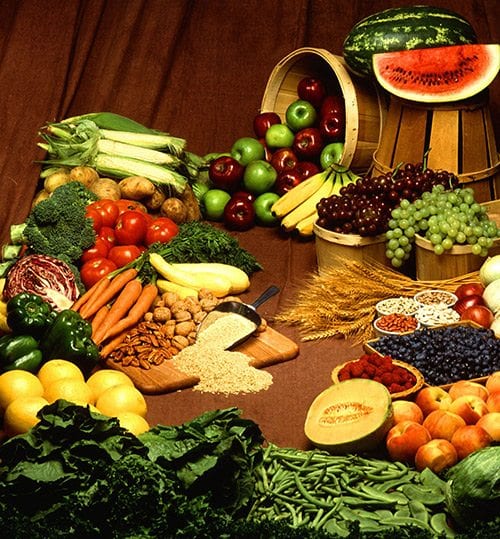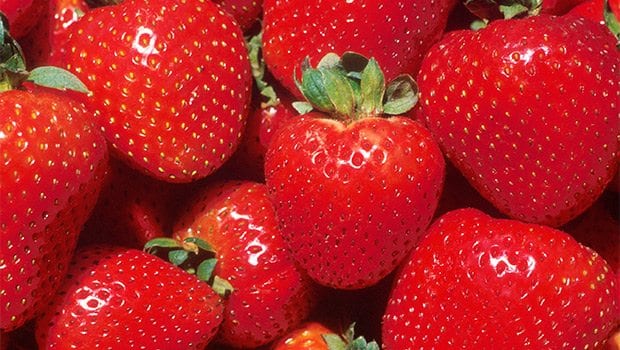Dietary fiber: For good health and regularity
Found only in plant foods

It’s a bit of a puzzle. We are encouraged to eat fiber. Yet, unlike fats, carbohydrates and proteins that the body breaks down and uses, fiber passes relatively intact through the digestive system and exits through the colon.
Even more odd is that fiber is actually a type of carbohydrate. While most forms of carbohydrates are broken down into sugar to fuel the body, fiber remains undigested and provides no such energy.
That does not mean, however, that fiber has no health benefits. Quite to the contrary. Fiber decreases the risk of diabetes, heart disease and diverticulitis, or inflammation of the intestine. Fiber, often called bulk or roughage, can prevent constipation. In addition, high-fiber foods can help you feel full longer because they take longer to chew and digest.
Dietary fiber is found only in plant foods, such as fruits, vegetables, whole grains, nuts and legumes. There’s more than one type. Soluble fiber, which is found in oats, beans and nuts, dissolves in water to form a gel-like substance that slows digestion. According to the National Fiber Council, It is soluble fiber that traps cholesterol and fats in foods, thus lowering blood cholesterol, which can reduce the risk of high blood pressure and heart disease. It also slows the absorption of sugars, which improves glucose levels.
Insoluble fiber, on the other hand, does not dissolve in water. Examples of sources of this type of fiber are whole wheat, brown rice and vegetables. Insoluble fiber helps move food through the digestive system, which improves regularity and prevents constipation.
This classification is not that clear cut, however. In actuality, the fiber in many foods is both soluble and insoluble, but differs in the amount of each. For instance, one small apple with skin contains 2.8 grams of fiber — 1.8 grams insoluble and 1 gram soluble.
Although fiber is plentiful and readily available as a food source in this country, its consumption is relatively low. According to the 2010 Dietary Guidelines for Americans, the daily recommended consumption is 25 grams for women and 38 grams for men, but 15 grams per day is more the norm.
It’s relatively easy to reach the recommended daily level. A breakfast of whole grain cereal and a banana amounts to almost nine grams of fiber. Add a snack of 23 almonds and a quarter cup of raisins (5.1 grams) and you’re halfway there with only one meal and one snack.
The trick is knowing the amount of fiber in food. Food labels can be helpful. For instance, when choosing cereal, make sure the first listed ingredient is a whole grain, such as whole wheat. Also, look for foods that contain five or more grams of fiber per serving.
Other tips to increase consumption of fiber is to eat whole fruits instead of drinking fruit juices, replace refined grain products, such as white bread with whole grain products and substitute beans for meat.
One word of caution. If your diet is primarily red meat and processed foods, dietitians recommend increasing your consumption of fiber gradually and drinking plenty of water. It will take a bit of time for your body to adjust.
To determine the amount of fiber in a specific food, visit the U.S. Department of Agriculture website at ndb.nal.usda.gov/ndb/search/list.






